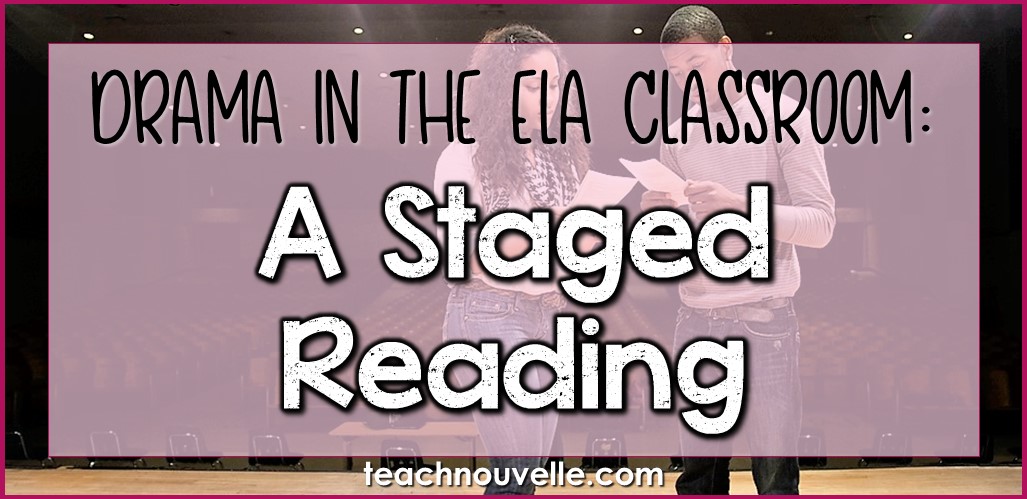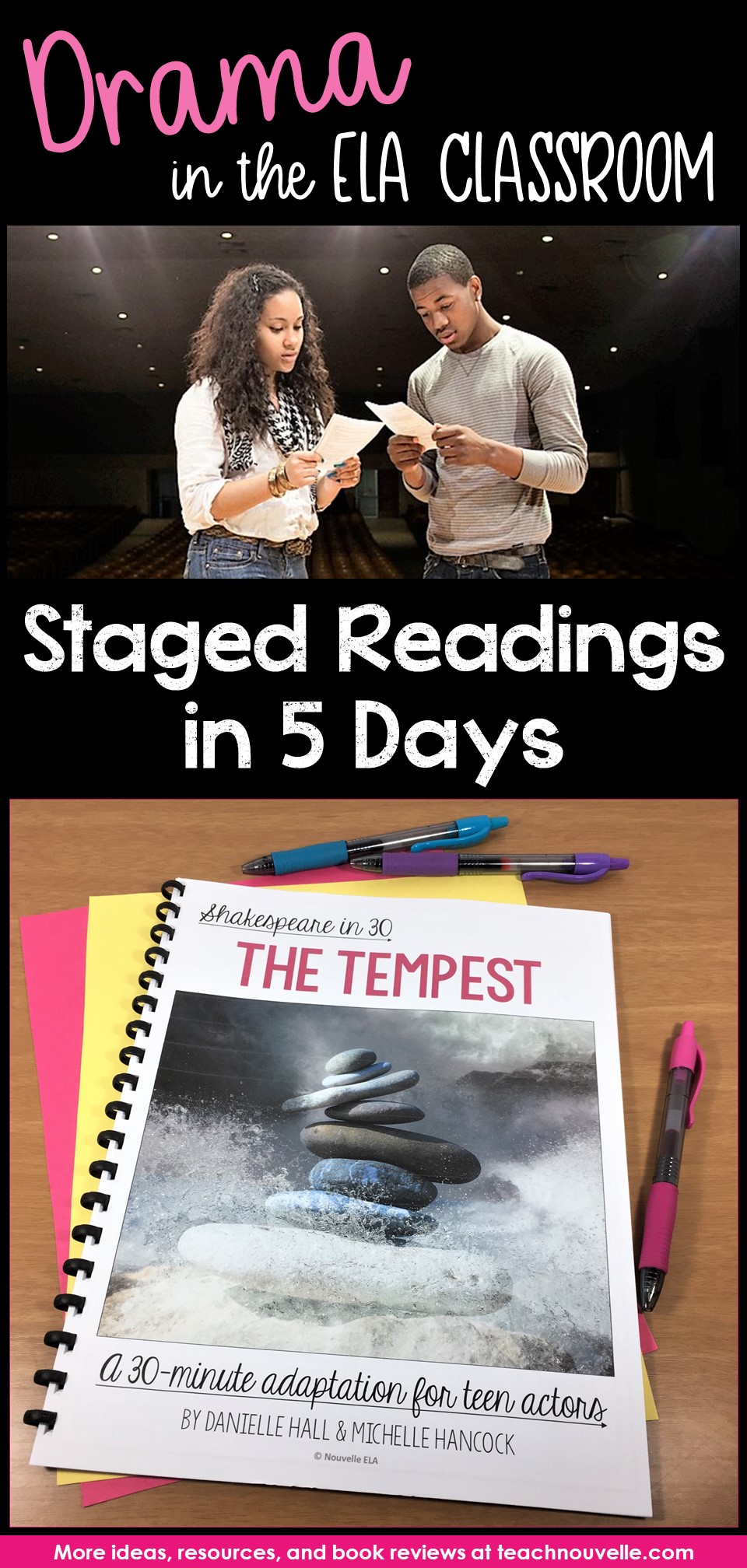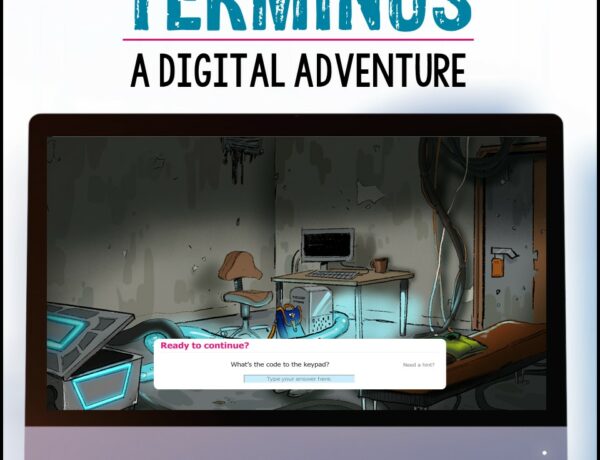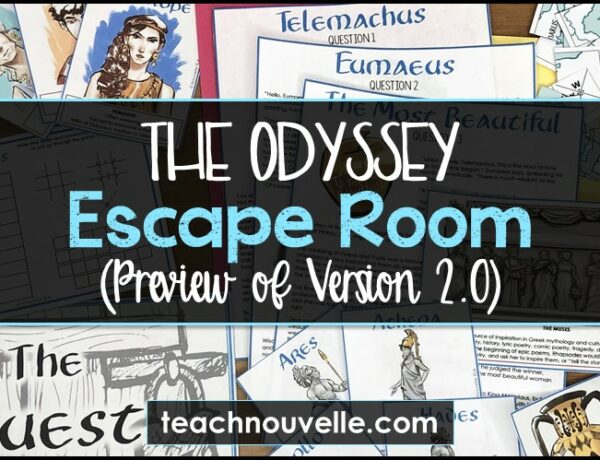Using Staged Readings in ELA
It’s no secret that I love using drama in the ELA classroom, and I’m here today to advocate for using more rehearsed, scripted drama as you teach English. Maybe you’ve avoided this because it has seemed overwhelming. Maybe you think you don’t have enough time. Well, friends, you do! This post will help you produce a play in five days. The answer is producing staged readings in ELA.
I’ve written before about my experiences producing a class play. I talked about casting, rehearsing, and evaluating the experience. The whole thing took about six weeks, and it was AWESOME. I’ve also talked about using Improv and how that benefit almost any teaching unit.
But what happens in between?
What if you want to spend a week putting together a class performance?
Can you make it work?
YES, you can!
A Staged Reading
I worked with my friend Michelle to put together a collection of Shakespeare adaptations for the classroom called Shakespeare in 30. Each play has its own “flair”, but they each run in under 30 minutes. This provides you with an amazing opportunity to stage an “off-book” performance in 3-5 weeks of class time, OR create a staged reading in a week. A staged reading is a production with all the bells and whistles, except that students still have scripts in their hands. It’s one step up from reader’s theatre, but not a full production.
I’ve done these with my students, and recently, @fairfieldvail used plays from Shakespeare in 30 to have her students perform #5playsin5days. Her students used props, costumes, lighting, voice, and movement to tell their stories, even though they weren’t memorized. You can see the amazing results in her IG feed—her students did a great job!
Before You Start
You can do a great staged reading in as few as five class periods, but you’ll need to front load some knowledge. I recommend introducing or reviewing Shakespeare’s language before starting your Staged Reading. In my TpT store, I have a Webquest to get students engaged and thinking about the language and rhythm.
Additionally, the following five-day plan assumes all students perform on one day. If your timing and number of students doesn’t allow that, you’ll need to add a performance day. For example, if your class is working on three different 30-minute plays, you may need to two class periods for performances.
You’ll do your students’ families a great service if you have your Day 1 as a Thursday or Friday. Students will have all weekend to negotiate and find props and costumes.
The 5-Day Rehearsal Plan
Day 1: Plays & Parts
Students read through the Director’s Notes and through the script aloud. They negotiate parts. Decide on necessary props or costumes.
HW: Students read through the script again (aloud), looking up any unknown words and figuring out a meaning for each line they speak.
Day 2: Table Work
Students read through the script again with their groups. They should be reading with much more rhythm and expression. They can negotiate meaning and expression here as well as make initial notes for blocking ideas.
HW: Read your lines aloud for improved rhythm & expression. Imagine what your character could be doing at each point.
Day 3: Blocking
On Day 3, you’ll need a big space where your groups can block their plays without stepping on each other. Students need to figure out how and why their characters move throughout the play. You can also go over very basic concepts like “staying open” (avoiding turning one’s back to the audience). Students should write their blocking down.
HW: Read your lines aloud. As you do this, find some space where you can stand and move around, imitating your blocking the best you can. Gather props & costumes.
Day 4: Rehearsal
Students rehearse with full expression, volume, movement, and props. They should attempt to go through the whole script without stopping, learning to “just keep going” if they mess up.
HW: Practice, practice, practice! Read through the script at least once with movements. Try to recruit a friend or family member to watch you.
Day 5: Performances of your Staged Readings! (And reflection)
Before students perform, you can run a couple warm-ups and a breathing exercise (to calm any frayed nerves!). All students not performing should have their scripts, costumes, and props put away. They will be better audience members if they aren’t worrying about their own performances.
Remember to put a “performance” sign at your door and let the office know you need limited interruptions.
After your performances, give students an opportunity to reflect on their experience in writing.
The Joy of Shakespeare in 30
Shakespeare in 30 helps students discover an access point to something that was previously considered untouchable or overwhelming. Once students have performed even a few minutes of Shakespeare, it’s not scary anymore. They’ve claimed ownership, and they’ve been able to play with the stories.
Also, these adaptations provide room for exploration. For example, in our version of The Comedy of Errors, we “zoom” in on the twins’ antics and shed the other subplots. Also, we’re planning to add a set of Hamlet adaptations soon. Each version will focus on a different one of Hamlet’s relationships (his friends, his family, and Ophelia). Students can start to analyze how different parts of the plays work independently and together to create a certain impact.
If you have any questions about staged readings, leave a comment—we’d love to hear from you! If your students perform any of these plays, please tag me at @nouvelle_ela or use the hashtag #Shakespearein30 so that I can find you and celebrate! 🙂






1 Comment
Tips for Teaching Shakespeare - Nouvelle ELA Teaching Resources
February 23, 2018 at 9:01 am[…] Here are concrete tips you can give students. You can use these for Reader’s Theatre, a Staged Reading, or a Full […]